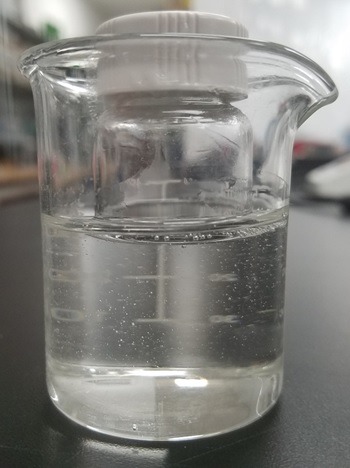A question we frequently receive from customers and other people interested in tissue clearing is a fundamental one: how does tissue clearing work? In this article, we discuss the basic principles of tissue clearing.
Most biological tissue can become transparent. The reason most biological tissues are not transparent has to do with variations in the refractive index between different components of tissues. Refractive index differences cause refraction (bending) of light, which leads to scattering. Glass is clear, and air is clear, but you can see glass right? This is because air and glass have different refractive indices, and so they bend light differently. The best analogy is to think about clouds and fog. Clouds and fog are made out of water, which is obviously clear, however you can still see clouds and fog due to the fact that the water in clouds and fog is dispersed into particles, and each particle has a refractive index that is significantly different from the air the water is suspended in. So as light passes through a cloud, it is refracted and dispersed, leading to the scattering that causes the image of a cloud that we see. If you could somehow replace the air in the cloud with a gas that had the same refractive index as water, the cloud would become transparent.

The vial becomes clear when it is immersed in glycerol, since glass and glycerol have similar refractive indices.
Tissue clearing using Visikol HISTO is similar in this fashion. Biological tissue has proteins and membranes which have a high refractive index, and water which has a lower refractive index. That makes each cell and cellular component refract light as it passes through the specimen. If you could remove the water and replace it with something that matched the refractive index of the proteins/membranes, the biological tissue would become transparent. Visikol HISTO replaces the water in the cells, and matches the refractive index of the tissue components. The chemistry of Visikol HISTO is specially tuned to penetrate into biological tissues, closely adsorb to proteins and membranes, and replace the water, leading to homogenization of the refractive index of the overall tissue, and thus inducing transparency.
Of course there are other clearing techniques, but they all work to essentially homogenize the refractive index in one way or another. CLARITY does this by removing lipid components, allowing for a refractive index matching solution to penetrate the tissue and clear. CUBIC/Scale work by denaturing the proteins in tissue so the inner parts of the proteins and membranes become soluble to the aqueous clearing agent (which is a higher refractive index than water). However, CLARITY and CUBIC/Scale cause irreversible changes to the tissue, and are thus not ideal, since the underlying structure of the proteins and membranes is disrupted. Visikol HISTO does not cause this, and hence is fully reversible. After clearing a tissue with Visikol HISTO, one can wash the solution back out of the tissue, and rehydrate it, restoring the tissue to its original state. This is very desirable for researchers using important and valuable specimens, since it allows them to do follow up work with the original tissue specimen and validate their 3D imaging results using conventional techniques.


